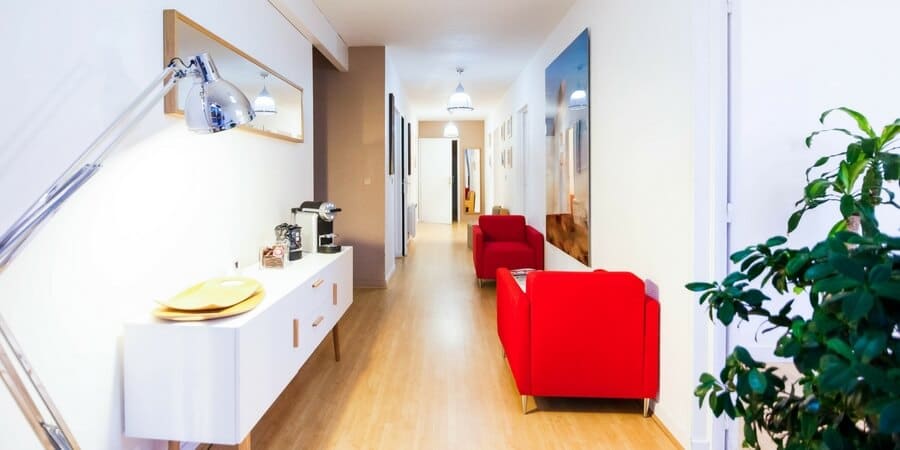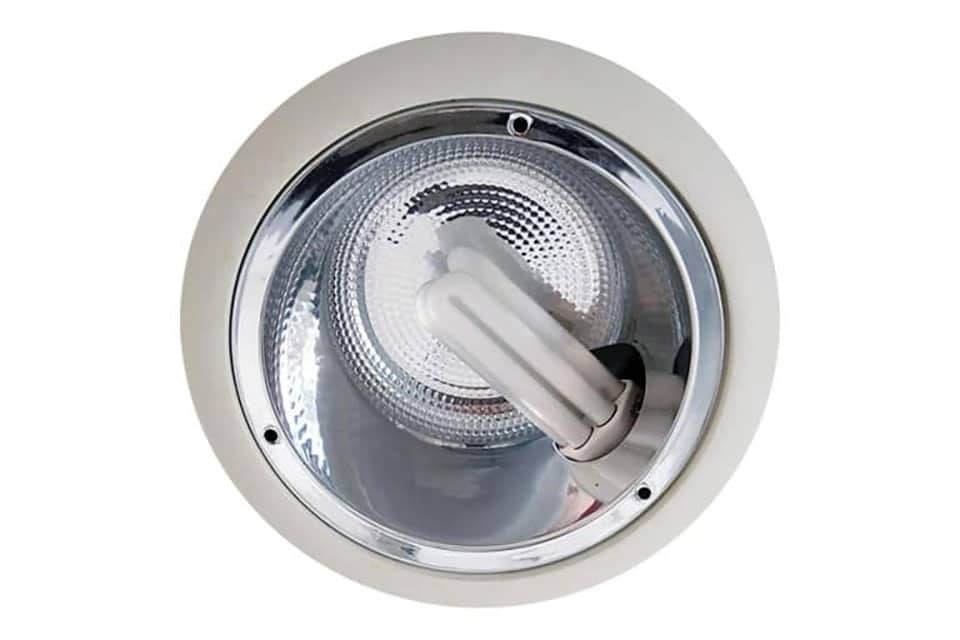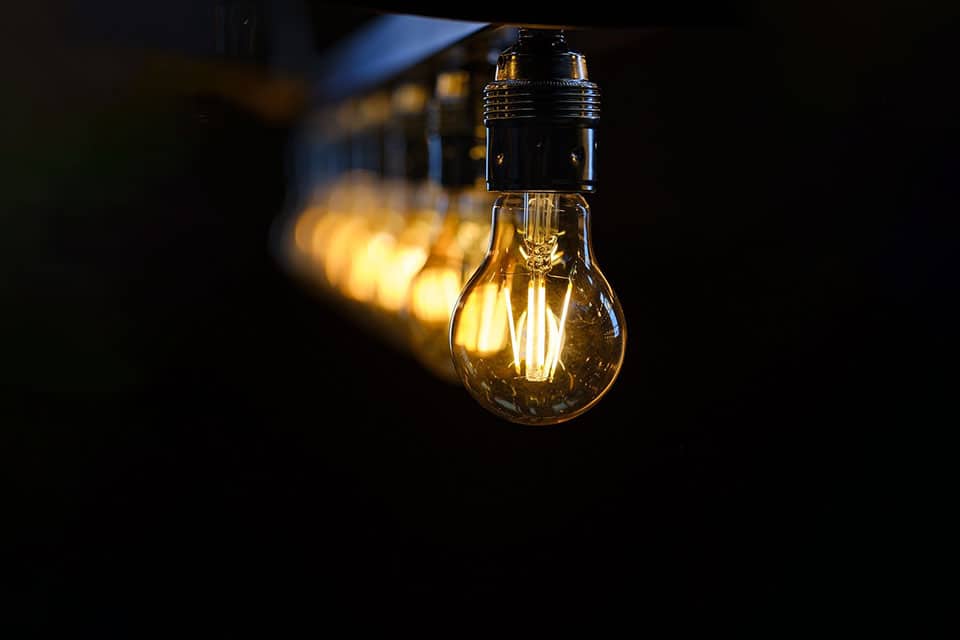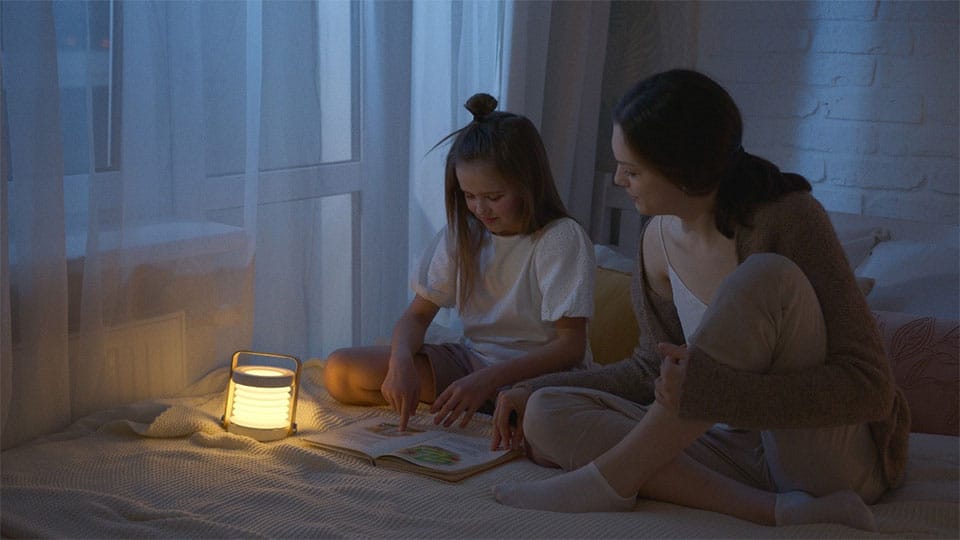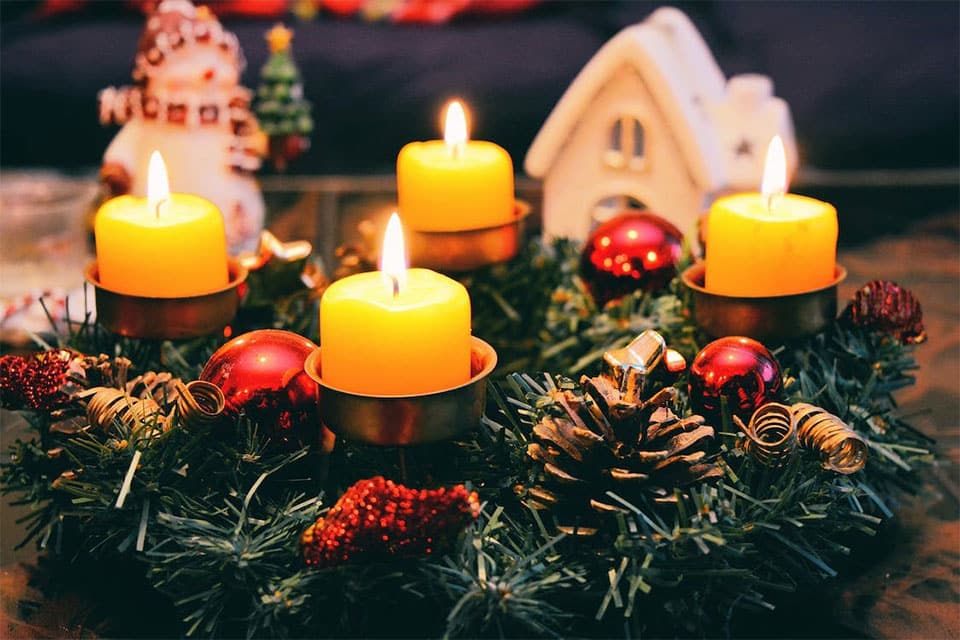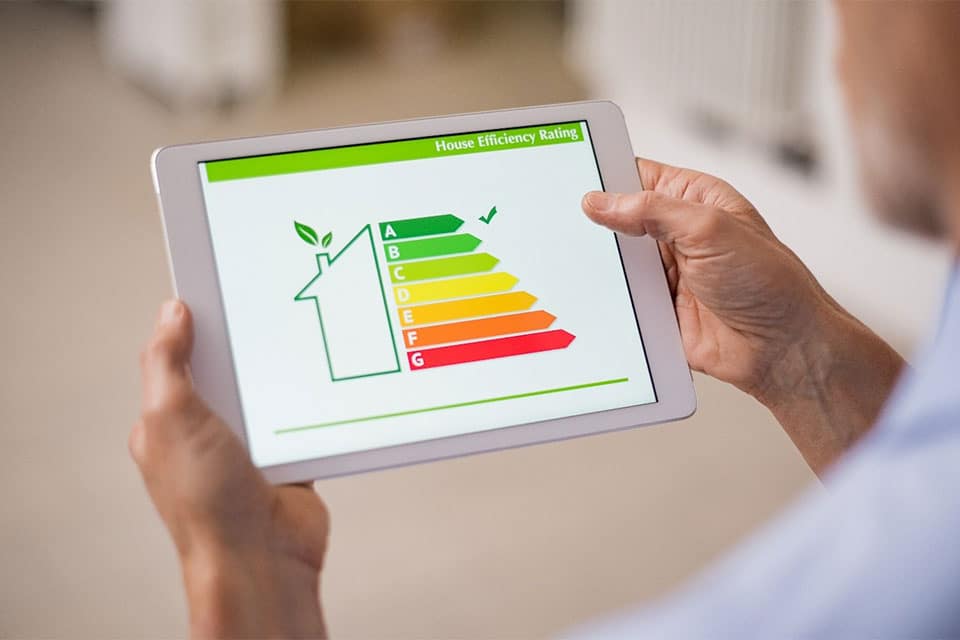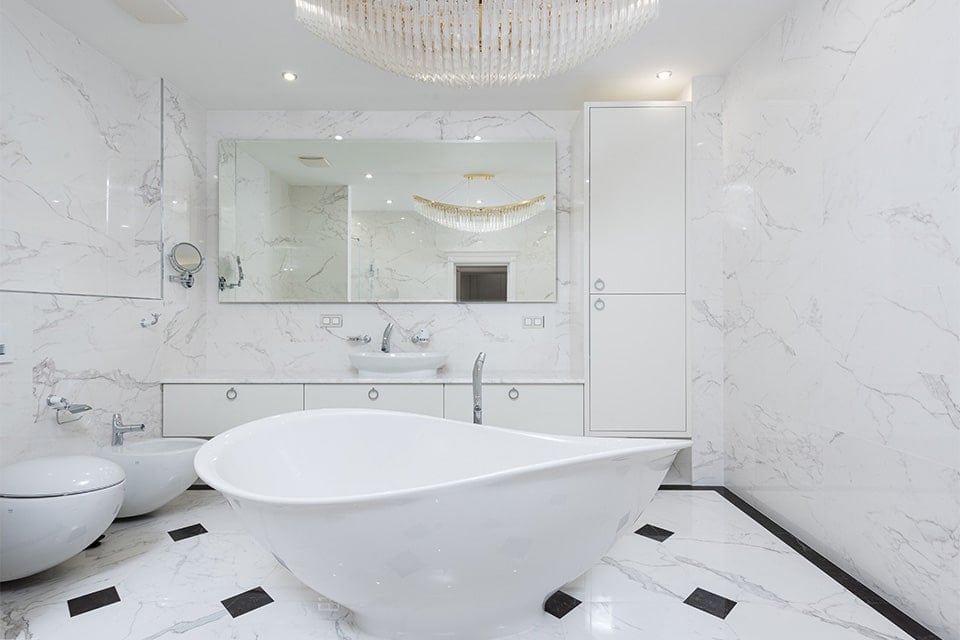Understanding the basic types of lighting, as well as how and when to layer them is the most important aspect of lighting your home. These basic types of lighting are the building blocks for your home lighting design, and they play an integral role in properly lighting any space in your home.
There are three basic types of lighting to keep in mind:
- Ambient or general lighting
- Task lighting
- Accent lighting
Let’s take a closer look at each of these types of lighting.
Ambient or General Lighting
Where to use ambient lighting |
|---|
|
Ambient lighting, also referred to as general lighting, provides a space with overall illumination and allows you to see and move around safely. It’s the foundation for any interior lighting scheme.
Though you can use standalone fixtures like floor or table lamps, ambient light is typically created using overhead fixtures, such as:
- Recessed lighting
- Track lighting
- Chandeliers
- Ceiling fans
- Panel lights
When you’re selecting bulbs for your ambient lighting, think in lumens, not watts. Old, traditional incandescent bulbs measured brightness in watts, which is actually a measure of energy use. With the proliferation of energy efficient bulbs like CFLs and LEDs, lumens are actually a more accurate measure of brightness. Use this conversion chart to find the right lumens for your ambient lighting:
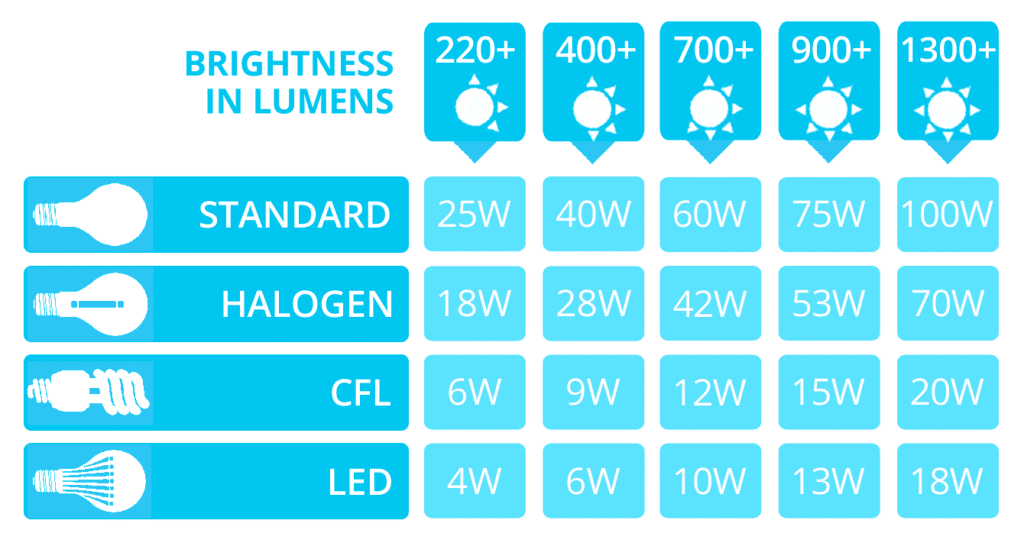
Here are some tips for choosing the right lumen level for your space:
- It’s okay to choose bulbs with a lower lumen level. Since it’s intended to provide a general layer of light, ambient lighting doesn’t need to be as bright or focused as task or accent lighting.
- Start by calculating the square footage of your room, then multiply by 20. This will tell you roughly how many cumulative lumens to shoot for. If you’re considering recessed lighting, aim for approximately one light for every 4 square feet of ceiling.
- General lighting needs differ for everyone. Failing vision, architectural obstructions, and personal preference can all impact the lumens you need to light your space.
Task Lighting
Where to use task lighting |
|---|
|
Task lighting is intended to help you accomplish a task, such as reading, cooking, hobbies, studying, or work. This type of lighting is localized and may come from a variety of sources, including directional track or recessed lighting, or desk and table lamps.
Effective task lighting should reduce glare but be bright enough to prevent eye strain. A good task lamp should provide you with about 250-1100 lumens, or about 40-100 watts.
PRO TIP: Your age factors into what task lighting is right for you. As you grow older, you become more sensitive to glare and require more light in general. Learn more about how lighting should change as you age.Keep these tips in mind for planning your task lighting:
- Brightness is key. Task lighting is not intended to light an entire room, but it will require more lumens than ambient lighting.
- Look for adjustability. Opt for fixtures and bulbs that can be dimmed (or install a dimmer switch), as well as positionable fixtures like moveable arms that can be shifted based on your immediate needs.
- Consider colour temperature. Warmer lamps are ideal for reading, especially at night, while cooler bulbs around your bathroom vanity will be helpful for waking you up in the morning.
- Don’t forget the heat. Some bulbs, such as incandescent and halogen bulbs, produce a lot of heat. LEDs provide directional bright light without producing heat, which makes them a great choice for task lighting.
- Placement matters. Desk and table lamps should be adjustable and angled downward to keep the light on the task and out of your eyes. They should also be placed to the side of your workspace to prevent glare and limit shadows.
Accent Lighting
Where to use accent lighting |
|---|
|
Accent lighting, also known as directional lighting, builds on ambient lighting to add dimension and texture to a room’s lighting design. This type of lighting seeks to create a focal point and is typically used to draw attention to a specific feature, such as a piece of art or a plant, or to highlight architectural elements like wall texture or decorative coving.
Effective accent lighting will draw your eye to the desired feature without drawing your attention to how it’s being lit. This is often accomplished using track or recessed lighting, or a wall-mounted fixture such as picture lights or sconces.
PRO TIP: If you’re lighting artwork, it’s best to use LEDs because they don’t emit UV light and give off almost no heat, which will protect your painting or photography from damage. Get more tips for lighting your artwork.Keep these tips in mind when planning your accent lighting:
- To effectively draw the eye, accent lighting should direct at least three times as much light towards the focal point compared to the rest of the room.
- With accent lighting, it’s okay to focus on form over function. Accent lighting is primarily decorative, as long as your space already has adequate ambient and task lighting.
- If your accent lighting is purely decorative, don’t be afraid to be bold. Invest in a statement pendant, or opt for for something trendy like exposed Edison bulbs.
Layering Light
Layering the three basic types of lighting is the best way to create an atmosphere in your space, as well as to ensure that your lighting design is both attractive and functional.
Creating layers doesn’t have to be complicated. Think beyond your basic ceiling light, and ask yourself the following questions:
- What mood do you want to set?
- What tasks will be performed in your space?
- Are there any features you want to highlight?
Outlining goals for how to light your space will help you thoughtfully arrange different light sources to create a cohesive, functional, and pleasing design.
These tips can help you layer your light sources:
- Don’t forget about natural light. Your room may be brightly lit by natural light during the day, and you may underestimate the amount of ambient lighting you require at night as a result.
- Add even more flexibility to your room’s lighting design using dimmers, especially for ambient or general lighting. 3-way bulbs and smart bulbs are a good alternative if you don’t have the option of installing dimmable bulbs or dimmer switches.
- If you can, install each type of lighting on its own switch or circuit so you can control each layer individually.
Read the rest of our Room-by-Room Guide to Lighting your Home for more lighting tips and expert advice for lighting every space.





















































































